The response to the article on choosing entry-level routers for spring networking has been quite strong. However, I must say that routers seem to be on a slow price increase trajectory. So for those in need, it’s advisable to act during favorable promotional windows. The rise in router prices has made it difficult to define what constitutes a “mid-range” router: the previously established boundary of 500 yuan has now seen some products pushing past 600 yuan. After careful consideration, I’ve defined mid-range routers as those in the AX3000 to AX5400 range, while also considering some entry-level AX6000 products that may see price reductions during promotions, providing some guidance for your purchasing decisions.
AX3000: Wide Selection but Huge Differences in Cost-Effectiveness
AX3000 has undoubtedly become the most concentrated level for entry-level full-blooded WiFi6 router products. Within this category, there are several sub-levels such as AX3000, AX3200, and AX3600.
Among the entry-level AX3000 options, some affordable choices include the XDR3010 we recommended last time and the AX6S, both priced at 299 yuan without discounts.
So what makes a higher-end AX3000 router “high-end”?
There are several key points: 10Gbps ports (which can be either standard Ethernet ports or fiber optic ports), MIMO and MU-MIMO support, OFDMA support, the number of FEM amplification chips, and whether it supports 160MHz bandwidth.
However, within this level, prices can range from under 300 yuan to 800 yuan! The variety is dizzying, and the differences in cost-effectiveness are indeed substantial!
The Big Three: Xiaomi Takes the Lead, Huawei Slightly Disappoints
Based on these points, the recommendations for AX3000 level routers emerge. First, let’s look at the commonly chosen consumer brands: Xiaomi, Huawei, and TP-LINK.
In terms of Xiaomi’s products, from a cost-effectiveness perspective, neither the Xiaomi AX3000 nor the discontinued Xiaomi AX3600 can compete with the 299 yuan Redmi AX6S. The Xiaomi AX3000 has an outstanding design, but in terms of performance, its 2.4GHz speed (inherited 574Mbps) is inferior to the AX6S (800Mbps), and the 5GHz speed is 2402Mbps. In terms of MIMO, the AX6S supports 4X4 MIMO for both bands, while the AX3000 only has dual-band 2×2 MIMO and lacks MU-MIMO.
The only significant advantage is the Qualcomm IPQ5000 scheme’s enhancement and support for the 160MHz band. Both models have OFDMA and 4 FEM signal amplifiers. However, the price reaches 349 yuan.
If you prioritize performance on the 160MHz band (for devices like phones and tablets) and are design-conscious, it might be worth considering.
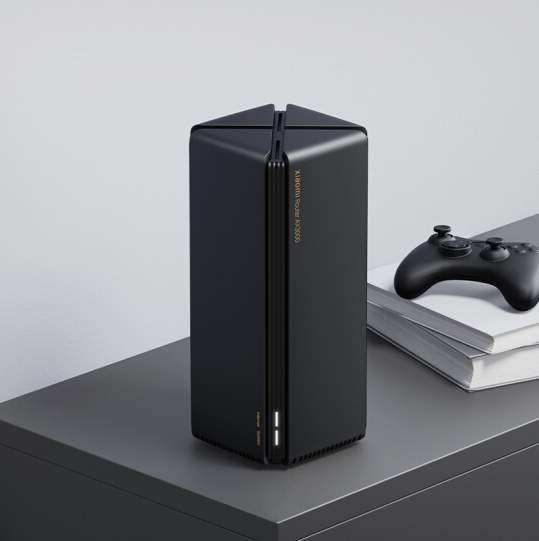
To be fair, the vertical design of the Xiaomi AX3000 performs well in terms of heat dissipation and aesthetics.
As for Huawei, the main product in this category is the AX3 Pro.
It has two versions: the older version with the Hisilicon Lingxiao processor and the newer WS7206 version, which uses the Qualcomm IPQ5018 scheme.
However, at the current price of 399 yuan, compared to the Redmi AX6S, it only offers the support for 160MHz and the advantages of the Harmony ecosystem, as well as firmware stability. If your home has many Huawei devices, it could be worth considering due to its early advantages in interconnected control.
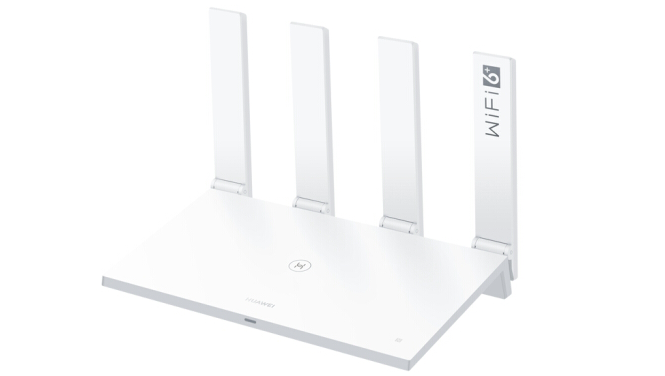
The AX3 Pro has a feeling of “why is there another one if this one exists” in this category.
For TP-LINK, I recommend the XDR3060 at this level. Although it has reached a price of 399 yuan, it offers a significant upgrade in terms of configuration: a 2.5G WAN port.
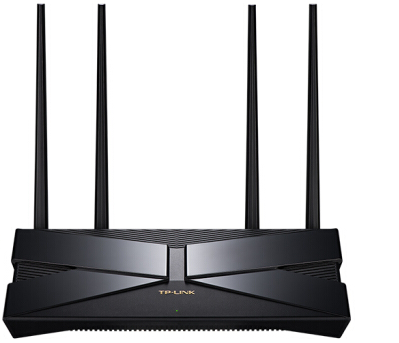
TP-LINK XDR4060 is considered an entry-level router for 10Gbps networking.
Some may wonder why I don’t recommend the cheaper XDR3040, which also has a built-in 2.5G port at the same level.
It comes down to a cost-effectiveness issue. Simply put, the XDR3040 is just an upgraded version of the XDR3010 we recommended last time with an added 2.5G port module, but it costs 359 yuan, which is 60 yuan more. In terms of signal quality, it’s the same as the 3010, meaning the FEM signal amplification module is of standard power, not high power.
In this case, it would be better to buy the XDR3060 at 399 yuan!
Returning to the XDR3060, at the AX3000 level, compared to the Redmi AX6S, it mainly adds a dual-mode 2.5G optical and electrical port, enabling 10Gbps home networking. Another advantage is that the FEM chip is high power, so the signal is relatively strong; OFDMA supports dual-mode (many entry-level routers only support single-mode); and it has multiple networking modes, supporting routing, AP, and repeater modes, as well as dual WAN ports and port customization and aggregation.However, compared to the Redmi AX6S, MIMO only supports 2×2 (for both 2.4G and 5G), which is a slight disappointment.
Additionally, if you have no concerns about built-in antennas, you might consider the 359 yuan XDR3066, which is 40 yuan cheaper, as it shares most features with the XDR3060 except for the built-in antennas.
MESH Options: Several Brands Offer Good Networking Convenience.
Surprisingly, for this level of machines, the cost-effectiveness is still led by the Redmi AX6S, while the performance is dominated by TP’s XDR306X series.
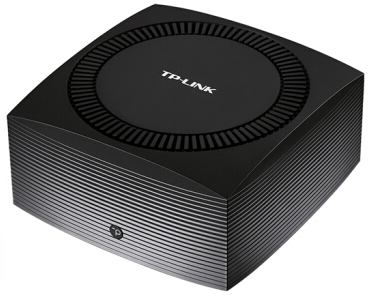
If you have no concerns about built-in antennas, choosing the XDR3066 is more economical.
Other Brands: High Cost-Effectiveness from Lesser-Known Brands
What about other brands? If you prioritize price, the AX3000 level can consider the TP sub-brand Mercury’s X30G, which is currently only 249 yuan.
How can I describe this currently astonishingly cheap AX3000 level router?
It uses the core scheme of the XDR3010 (both use the customized Qualcomm IPQ0509 CPU), so its basic performance parameters are the same as the XDR3010.
What differs is:
As a cost-effective sub-brand, Mercury has cut the port customization feature. Additionally, the 4 FEM signal amplification chips are completely different from the XDR3010. However, user tests online have shown that its signal coverage quality is surprisingly slightly better than that of the XDR3010.
Therefore, if you don’t have dual-line broadband access or IPTV requirements, and you’re price-sensitive, consider the X30G.
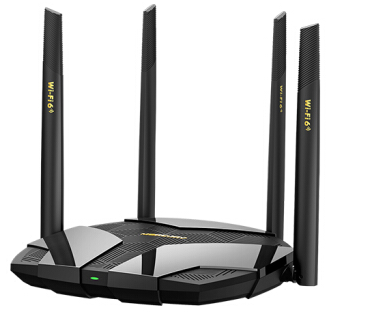
The biggest drawback of the X30G is the loss of port customization.
As for H3C, their main offering in this range is the NX30, currently priced at 299 yuan. In terms of pricing, it lacks competitiveness against the XDR306X series. What about performance?
It uses a similar Qualcomm IPQ5000 scheme as the XDR3010, has FEM chips, but only provides them for the 5G band; the 2.4G band does not have dedicated FEM chips, yet surprisingly, the 2.4G signal is better than that of the Xiaomi AX3000.
It only has 4 gigabit ports, and port customization is not available.
In terms of signal, the 2.4G signal surprisingly performs well without a dedicated FEM, and the 5G signal is at the average level of the same scheme.
However, considering the lack of port customization, its cost-effectiveness is not as good as the XDR3010, but its signal performance is slightly better.
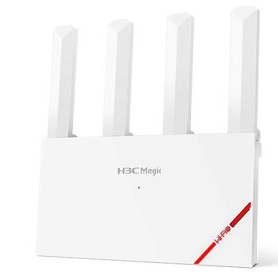
The signal is probably one of NX30’s commendable features.
Finally, let’s look at the most expensive machine in this category: the ASUS TUF GAMING AX3000.
Priced at 799 yuan, it often goes out of stock, and the modified version often doubles in price!
WHY?
Because this is a machine that can reach AX5400 level!
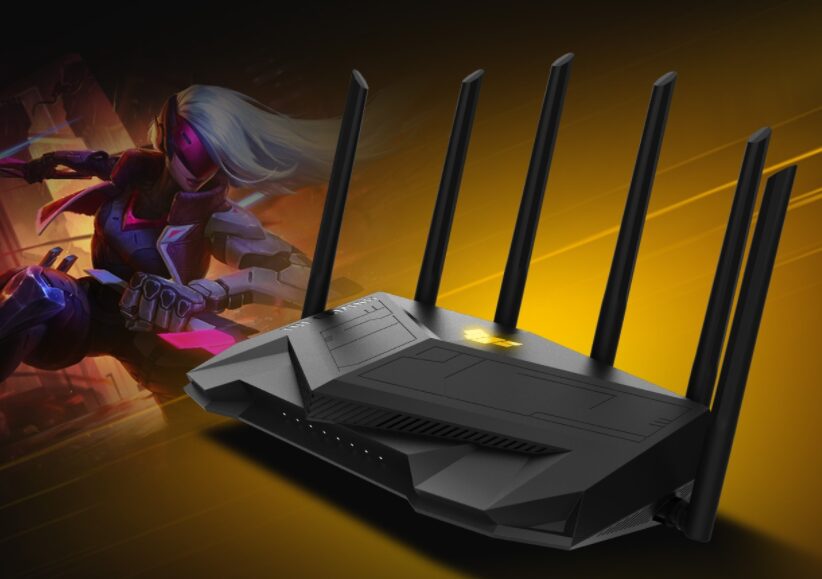
Using the Broadcom BCM6750 scheme, it is labeled as AX3000.
However, due to its 5G network chip being BCM43684, its actual performance reaches 4804Mbps, meaning that if it can be unlocked, its performance is at the AX5400 level! ASUS markets it as a 2×2 MIMO 5G AX router, but it has proven to be 4×4 MIMO!
Thus, new firmware can “upgrade” it to AX5400, and due to its large memory and firmware capacity, it can support many third-party firmware, with decent signal performance, making it a favorite in the modification market.
However, at 799 yuan, it exceeds many AX5400 level machines. If you value brand loyalty and playability, it might still be worth it.
Recommended Previous Content
How to Choose an Entry-Level Router
What’s So Good About OLED?
Photo Review of the HANGKAI GX580H Water Cooling Version
·END·